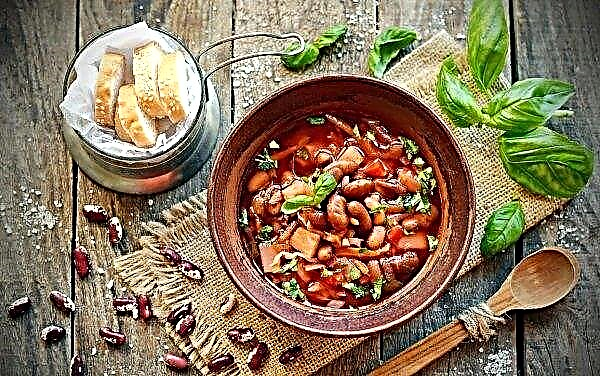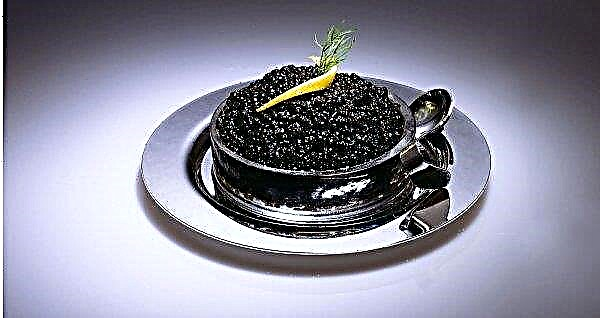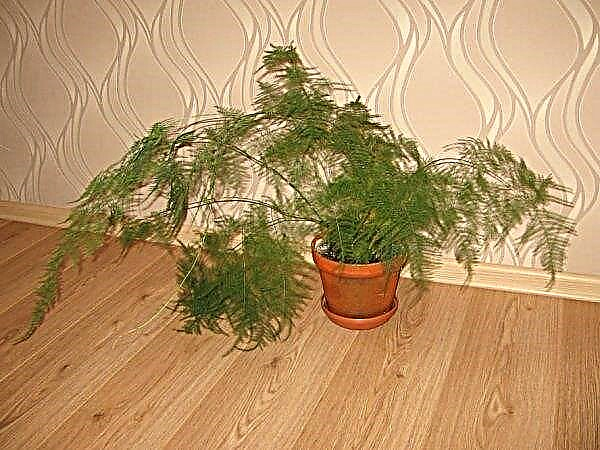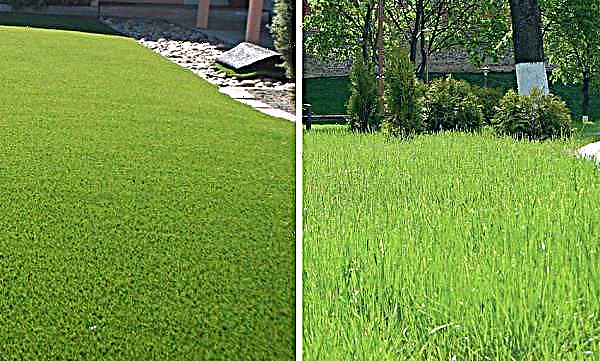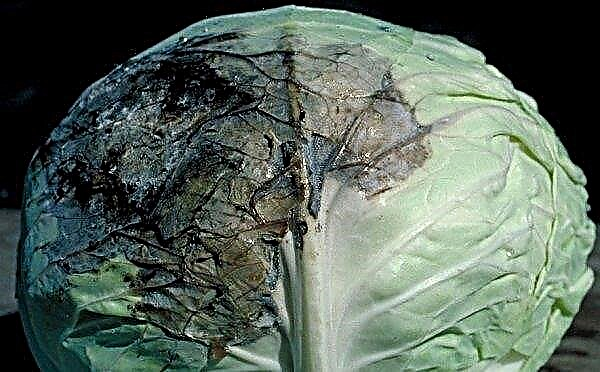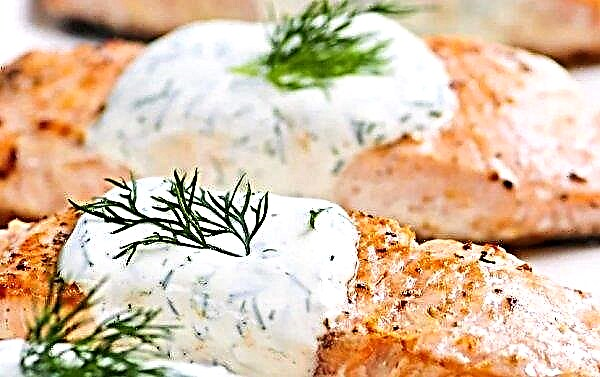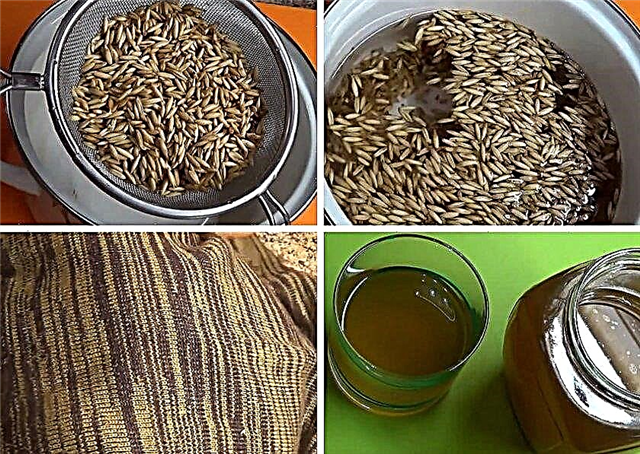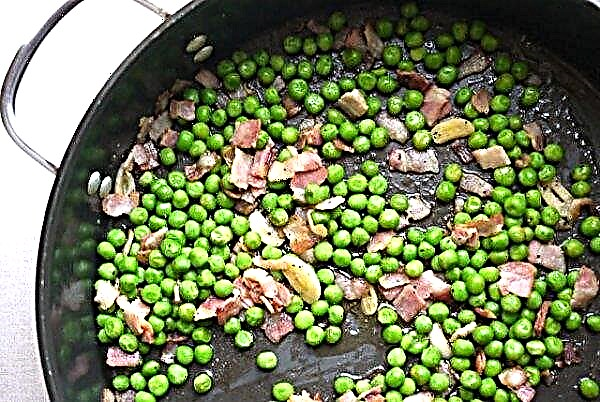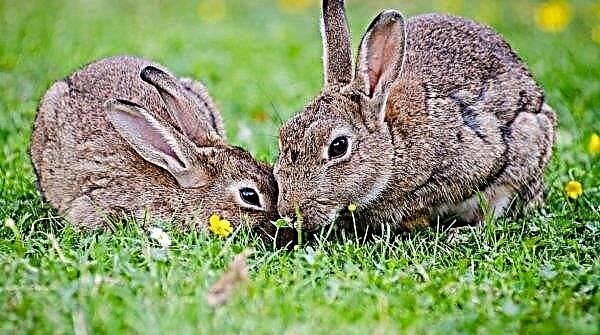Many summer residents when planting tomatoes on the site prefer varieties suitable for use both fresh and in processing for the winter. One of these tomatoes is the variety “EM Champion,” about which is described in more detail below in the article.
Origin of the variety
The authors of the variety are a group of breeders from the Novosibirsk region under the leadership of Vladimir N. Dederko. “Em Champion” is recommended for outdoor cultivation in all regions of the country. It is entered in the register of selection achievements in 2005.
Characteristics and detailed description of the variety
"Em Champion" is a standard, determinant variety. It is usually recommended to plant about 4 bushes per m², but given the compact root system, the density can be increased, which will allow you to grow more crops.

Unlike non-standard crops, “EM Champion” is highly resistant to temperature fluctuations; it can be grown in open ground both in the south and in the middle zone of the country. Freezing or lack of rainfall does not affect crop yields. With one m², with proper care, they collect up to 10 kg of tomatoes.
Mid-ripening tomato ripens on the 105th day after planting. The bushes are compact, leafy, with a height of not more than 70 cm. The leaves are dense, light green, shoots are strong, thick. The first inflorescence of the plant is laid over 4-5 leaves.
Fruits of medium size up to 140 g, heart-shaped, with a smooth surface. The thin peel of orange-red color may crack, which slightly reduces the yield of marketable products. The yield of mature presentation of fruits is 68%. The pulp contains about 4 chambers, juicy, with a good balance of sugars and acids.
Important! Varieties "Champion of Buryatia", "Champion F1", "Champion of weight" do not belong to the described tomato. These are separate varieties with their own characteristics and characteristics.
High tastes are appreciated in tomato processing for:
- juices;
- preservation;
- pickles;
- fermentation;
- pasta.
Advantages and disadvantages
- Among the main advantages of the variety:
- stunting and weak branching (which allows you to grow it in an urban environment on the balcony);
- resistance to temperature extremes;
- the ability to grow both in open and in protected ground;
- high productivity;
- balance of acids and sugars in the pulp;
- universality in application;
- resistance to fungal diseases.

Among the shortcomings of "EM Champion" is a low rate of keeping quality. Fruits do not tolerate transportation over long distances, so they are not stored for storage.
Features of growing varieties
"Em Champion" is a standard, determinant variety. This means that the plant does not grow, almost no branching. Such crops have strong stems and dense lower leaves that sink to the ground, as if holding the stalk.
Since contact with the soil is always a risk of infection by fungi and infections, lower leaves should be removed. The variety has a weak root system, so immediately after transplanting into the open ground, you should consider the garter system of the culture.
Did you know? The first recipe using tomatoes appeared in Naples in the cookbook of 1692 edition.
Microclimate
For the germination of seedlings of seedlings and its crops, it is necessary to create certain conditions.

The content of future plants:
- temperature - + 25 ... + 28 ° С;
- air humidity - 65-70%;
- Lighting - up to 16 hours a day, bright.
For emerged sprouts, the temperature is reduced to + 20 ... + 22 ° C.
Sowing seeds
Sowing dates are calculated based on the estimated planting date:
- for a greenhouse - in 50 days;
- for open ground - in 60 days.
Did you know? The largest tomato fruit was grown in the United States, its weight according to the Guinness Book of Records was 2 kg 900 g.
When self-preparing the soil should be considered: it should be light, loose and have acidity in the range of 5.5-6 pH.
For a quality substrate, the following components are taken in equal proportions:
- soddy soil;
- compost;
- coarse sand.
The soil before sowing is treated from possible pathogenic organisms: steamed or calcined.
Seeds also need several stages of preparation:
Sowing technology:
- Dip the landing tank in a potassium permanganate solution and rinse with clean water. Fill with soil.
- The soil must be compacted and moistened with water at room temperature.
- Seeds are buried 1 cm into the soil. In a total capacity at a distance of up to 4 cm from each other, one seed is placed in individual pots.
- The material is sprinkled with soil.
- The container is covered with a film and placed in a warm place.
Seedling Care
The crops under the film are aired daily to prevent mold on the surface of the soil. After the appearance of the first sprouts, approximately 4 days after sowing, they are gradually accustomed to open maintenance. Before you remove the film completely, first it is opened for a couple of hours a day.
Watering is carried out with settled water at room temperature with an interval of a week. It should be watered with a thin stream under the root so as not to fall on the leaves. When watering, it is important to monitor moderate soil moisture; you must not allow both overflow and complete drying out. The first feeding of plants is carried out two weeks after germination. Subsequent fertilizers are applied at intervals of 7 days. Make top dressing in the soil, in the trunk circle.

You can use organic material:
- fermented mullein, bird droppings;
- powdered egg shell;
- infusion of husks from onions.
Planting seedlings in the ground
Before planting grown seedlings, they need to be hardened. For this, the plants are taken out in a cool room for 1-2 hours, gradually increasing the “walk” to a day. The timing of landing in open ground varies in each region.
Signs of a healthy, seedling-ready transplant:
- the presence of at least 10 strong leaves;
- healthy, strong stalk not less than 30 cm high;
- shaped brushes with flowers.
The technology of planting seedlings on open beds:
- For the procedure, choose a cloudy day.
- Pits are made at a distance of at least 30 cm.
- The roots are set on a hill of earth in a hole and sprinkled with soil. The plant is deepened by about 2 cm.
- After planting, watered with warm, settled water.
Care Features
Tomato care procedures are standard, as with all garden crops: soil care, watering and fertilizer. As necessary, they carry out the stepsoning of the culture, removing the extra shoots.

Watering and fertilizer
Watering is carried out with clean and warm water, ideally it is rainwater collected in barrels. Tap water must be defended to get rid of harmful impurities. You can use the subsoil irrigation method or irrigate the soil with furrows.
The frequency of the procedures is regulated as the top layer of the soil dries, by about 10-15 cm. It is not worthwhile to allow strong drying: because of this, the fruits may crack later. Em Champion should not be overfed, especially with nitrogen fertilizers.
A variety of 4 dressings per season is enough:
- first - 2 weeks after disembarkation. 15 g of ammonium nitrate, 40 g of superphosphate, 30 g of potassium chloride are diluted in 10 l of water;
- second - during the formation of buds. 30 g of superphosphate, 15 g of potassium sulfate, 5 g of boric acid are added to 10 l of water;
- the third - after flowering. Use diammofoska 40 g / 10 l of water;
- the last - in the phase of active fruiting. 30 g of superphosphate are diluted in 10 l of water.
Weeding and loosening the soil
After watering, the topsoil must be loosened. This should be done carefully and not deeply so as not to damage the roots of the seedlings. It is enough to go to a depth of 8-10 cm, while the crust on the soil, which prevents the access of air, will be broken.

Equally important is weed weeding. In weeds, the root system is usually deep and branched, which allows them to draw out nutrients and moisture for their own development, drowning out the cultivated plants.
Shrub formation and pinching
As mentioned above, the standard variety itself stops its growth, practically does not branch, and therefore does not require formation. The exception is growing on a balcony in a limited space, it is desirable to form here in one shoot.
You need to remove the stepsons in the open ground, in greenhouse conditions only the lower leaves are removed. Stepsoning begins after the formation of the flower brush. The lower leaves of the plant are removed when the bush reaches a height of 20 cm.
Important! Trimming the bush is carried out exclusively in the morning in dry weather, in order to accelerate the healing of slices and to avoid infection with fungal diseases.
Growing difficulties
Problems with the cultivation of "EM Champion" usually does not arise, it is resistant to diseases and pests. However, with some errors in care or in adverse weather conditions, the development of diseases and the invasion of insects is possible.
The main diseases and pests and methods of combating them:
- Black spotting - the biological preparation "Gamair" is used for processing. Plants are watered with a solution of 1 tablet in 5 liters of water. Repeated procedure in a week.

- Vertex rot - for therapeutic irrigation, one ampoule of 2 ml is diluted in 2 liters of water.
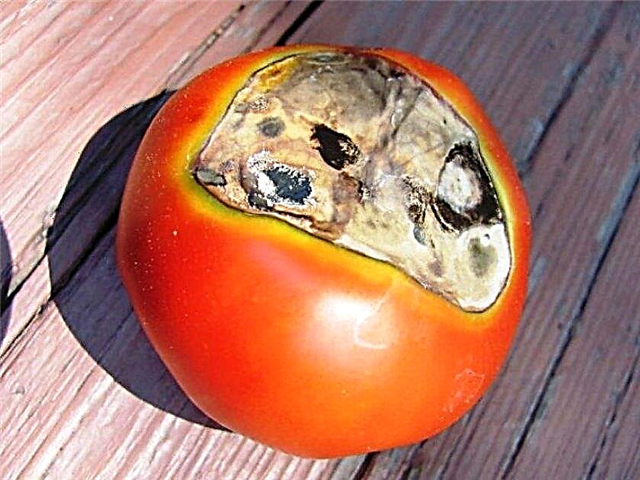
- Phytophthora - the biological drug Alirin-B is used. A working solution for irrigation is prepared in the proportion of 2 tablets per 10 liters of water, repeated processing after 5 days.
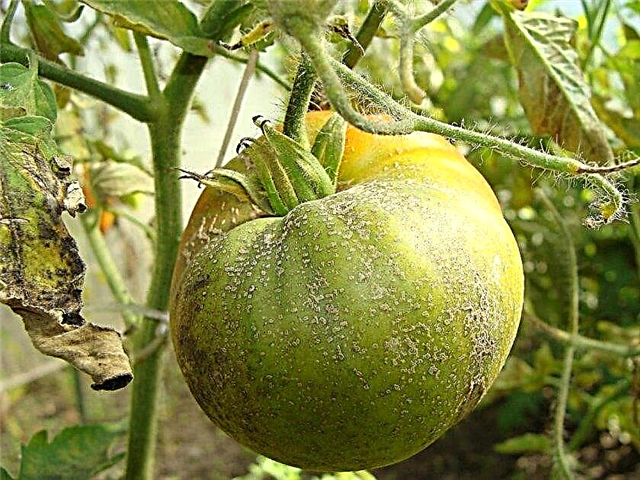
- Moth, sawfly - against insects, a broad-spectrum acaricidal preparation Agravertin is used. Processing is carried out by spraying in cloudy but not humid weather. The working solution is prepared in a proportion of 2 ml per 1 liter of water.

- Butterfly White - “Arrivo” preparation, a solution of 1.5 ml / 10 l of water is effective against the pest. Processing is carried out by spraying.

Basic preventive measures against diseases and pests:
- crop rotation compliance;
- cleaning the area before landing;
- processing of planting material, soil for seedlings and containers for sowing;
- timely top dressing and compliance with irrigation standards;
- soil care.
Harvesting and storage
In late July - early August, the harvest of tomatoes begins. Spend cleaning in the morning in dry weather. It is advisable not to tear the stalk out: it is possible to keep the fetus longer. As for the variety "Em Champion", it is not stored for a long time. This tomato is not grown for storage, but for consumption and processing.
Tomatoes "EM Champion" are an excellent choice for growing for pickling, pickling and other types of conservation. The fruit is delicious and fresh, it is juicy moderately sour, moderately sweet. Its cultivation is not difficult, given all the nuances and not neglecting the rules of agricultural technology and care.






